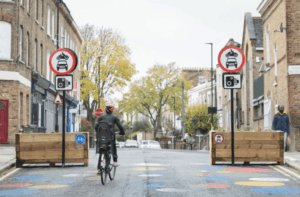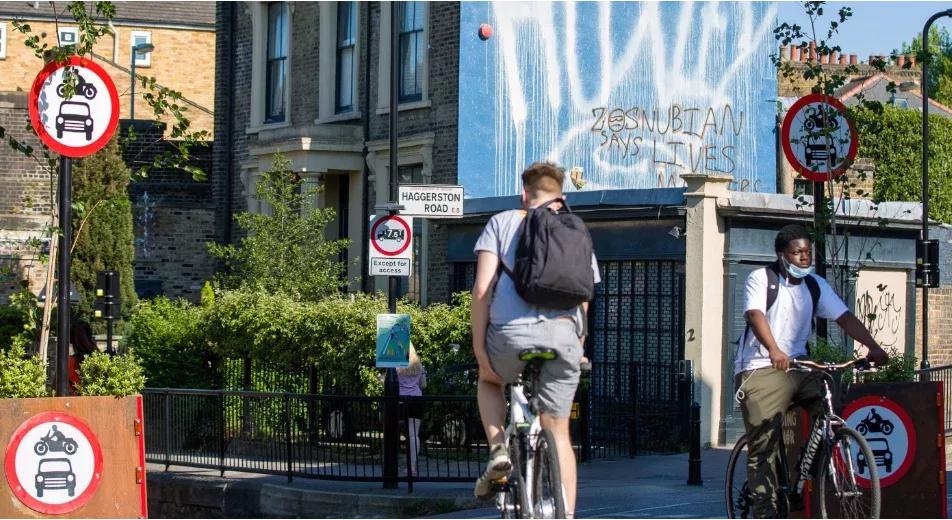The future of trial measures designed to improve residents’ experience of walking and cycling in east Oxford will be discussed by Oxfordshire County Council’s cabinet on 17 October.
County council officers, in their report ahead of the decision meeting, have recommended that the east Oxford low traffic neighbourhoods (LTNs) stay in place, with changes to improve them. The recommendation follows extensive monitoring and evaluation including two public consultation periods.
Proposed changes include the use of automatic number plate recognition (ANPR) cameras in place of physical closures in Divinity Road, James Street and Magdalen Road and the introduction of a bollard in Jeune Street. The council’s cabinet will also be asked to approve the investigation of further measures to improve public transport journey times across the city.
LTNs are designed to work together with other measures including the planned traffic filters trial to reduce traffic levels and encourage more walking, cycling and public transport use. Traffic filters are intended to reduce traffic levels in Oxford by managing the use of certain roads in the city by private cars. The trial will begin when Network Rail’s work to improve Oxford Rail Station is completed (expected to be autumn 2024).
Councillor Andrew Gant, Oxfordshire County Council’s Cabinet Member for Transport Management, said: “For a long time, LTNs have been one part of a wider set of proposals designed to increase walking, cycling and public transport use around Oxford.
“The decision on whether to continue with the measures in east Oxford will be made by the county council’s cabinet with reference to a significant body of evidence made up of reports from public consultations together with monitoring and evaluation information, including transport and air quality data and feedback from stakeholders.”
Monitoring data shows overall increases in cycling and decreases in private car use and air pollution inside LTN areas. Outside LTN areas, data shows an overall increase in journey times but also an increase in cycling at all measured locations. Although overall traffic levels and pollution have increased outside LTN areas from immediately before the trial, levels of air pollution remain lower than in 2019. The proposed changes and further investigative measures aim to address impacts raised during the monitoring period, particularly on public transport and emergency services.
If the decision is made to continue with the east Oxford LTNs, the county council’s cabinet will then consider whether to approve exemptions for the ANPR cameras for emergency services, waste and postal vehicles, taxis and private hire vehicles. The cabinet will also consider the relocation of a residential parking bay in Marston Street and moving the bollard location in Bullingdon Road.





















